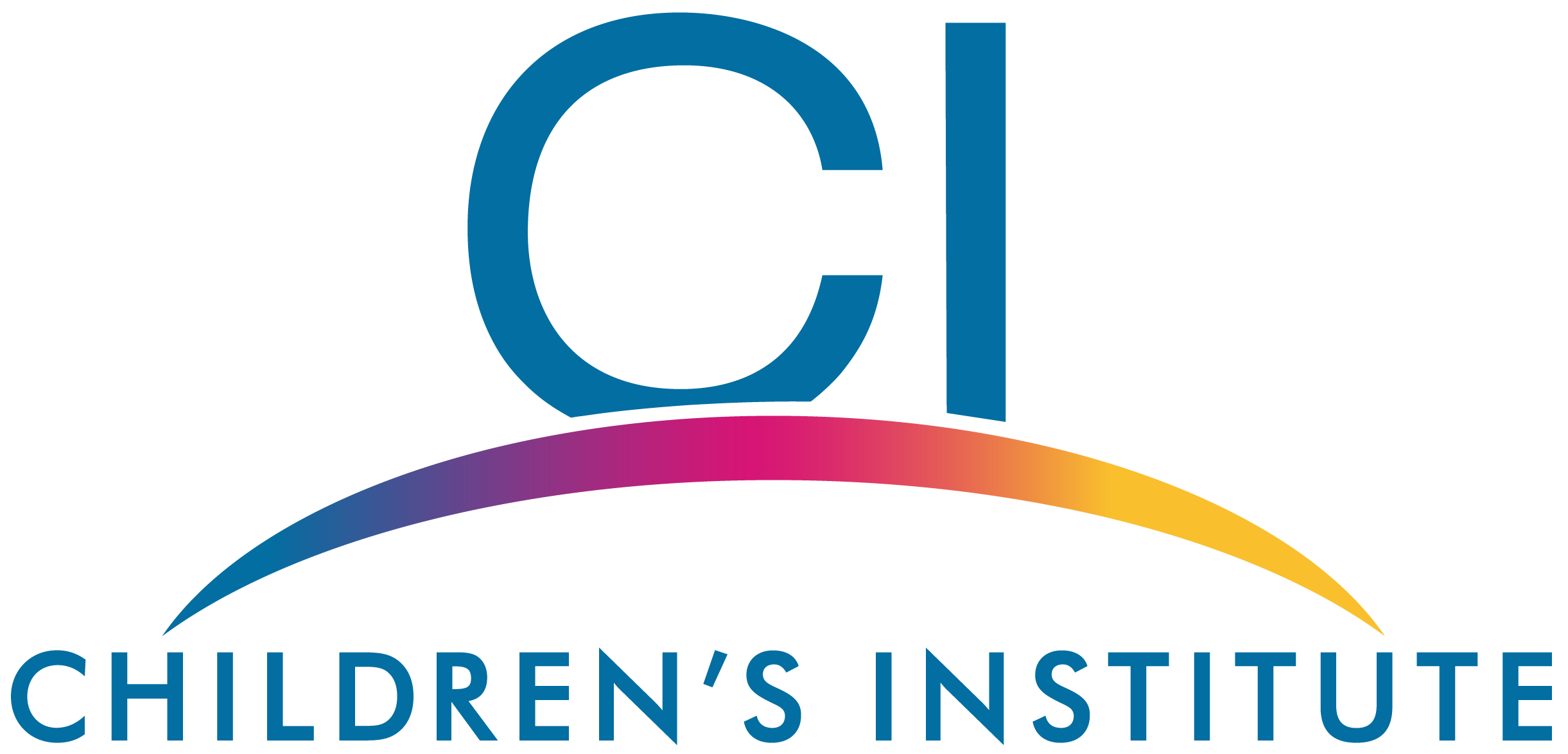Seeing Students As They Truly Are
Seeing students as they truly are and not just the narrative that has been told!
Have you read The House in the Cerulean Sea by TJ Klune yet? My sister handed it to me this summer during our joint vacation and told me I wasn’t leaving until I finished it. And finish it I did, almost devouring it in one sitting. It is pure magic – like being wrapped in a warm blanket, or perhaps better yet, like living in the world I desperately wish existed, where people are loved and treasured for their unique and wonderful identities rather than their flaws, where everyone gets the benefit of the doubt, and where children, ALL children are loved unconditionally.
In case you haven’t read it yet, let me set the stage for you. Linus Baker is a government worker for the Department in Charge of Magical Youth (yes, even if you don’t like fantasy you should read this book if you care about children and social justice…or even if you don’t). He is sent to check on an orphanage where several particularly dangerous magical youth are housed, including Lucy (short for Lucifer) who is the son of the devil. Without spoiling too much, the story is about Linus’ experience on the island and what he comes to learn through his interactions with the children.
Linus’ journey is heartwarming, but what truly took my breath away, was how, through his storytelling, Klune captures the essence of an asset-based approach to children…and the damage it can cause when we use a deficit lens instead.
Consider this – Arthur is sharing with Linus the story of Chauncey, a blob of a monster whose greatest wish is to become a hotel bellhop. Arthur warns Linus that Chauncey may hide under his bed and try to scare him one night. “Why” asks Linus. Arthur replies “Because for the longest time, before he came here, he was called a monster, even by people who should have known better. He was told the stories of monsters hiding under beds whose calling in life was to frighten others. He thought that was who he was supposed to be. That it was his job to scare people, because it’d been ingrained in his head that was all he was capable of. It wasn’t until he came here that he realized he could be something more.”
Later in the book, Linus and Arthur are talking about Lucy and his nightmares where he complains of having “spiders in his head.” Arthur notes “The spiders, while certainly not actual spiders, are a representation of what’s going on in his head. Little threads of darkness woven into his light.” Linus replies simply “We all have our issues. I have a spare tire around my middle. His father is Satan. Nothing that can’t be worked out if we try hard enough.”
And finally, perhaps most moving, is the poem written by one of the children who has had to move from orphanage to orphanage because of his magical gifts:
“I am but paper. Brittle and thin. I am held up to the sun, and it shines right through me. I get written on, and I can never be used again. These scratches are a history. They’re a story. They tell things for others to read, but they only see the words and not what the words are written upon. I am but paper, and though there are many like me, none are exactly the same. I am parched parchment. I have lines. I have holes. Get me wet, and I melt. Light me on fire, and I burn. Take me in hardened hands, and I crumple. I tear. I am but paper. Brittle and thin.”
As I read, I of course thought of the parallels to our real, non-magical world where children are constantly labeled and categorized, put into “risk” categories and “prevention” programs, as if what makes them unique is an exact recipe for why they might fail. I thought about a recent classroom visit where the one Black boy in a sea of white faces was sitting alone while his classmates sat in triads because his behavior “was distracting.” I thought of my neighbors’ son who has autism and was put into a remedial class because he “couldn’t handle” the structures of the curriculum in more advanced classes. I thought about children who are told they should pick a different college or career or dream that is more realistic, more practical, more suited to the story of who they have been told they are. And I wondered…will we ever create a world where children are seen for the gifts that they bring and not as problems to be solved?
As we launch into a new school year, I invite you to think about the paper that each student’s story is written on – to truly see who they are and not just the narrative that has been told. To be careful with their brittle paper. Remember that it tears easily and that your words and actions matter. That allowing young people to dream isn’t setting them up to fail – instead, as Arthur Parnassus says when Linus asks why he allows Chauncey to dream of being a bellhop in a cruel world that will never accept him, “I allow him to dream of such things because he’s a child, and who knows what the future will bring? Change often starts with the smallest of whispers. Like-minded people building it up to a roar.” Let’s build a roar together, shall we?
*I want to acknowledge that, as with everything these days, there was a bit of controversy about this book. Some accused it of oversimplifying trauma (probably), perpetuating white saviorism (although the race of the characters is never described), being too idealistic (definitely, but that is why I loved it), and glorifying the Canadian residential schools for Indigenous children from which Klune took inspiration (For more, here is the original review criticizing the book. I also found this review helpful for thinking through these issues.)

